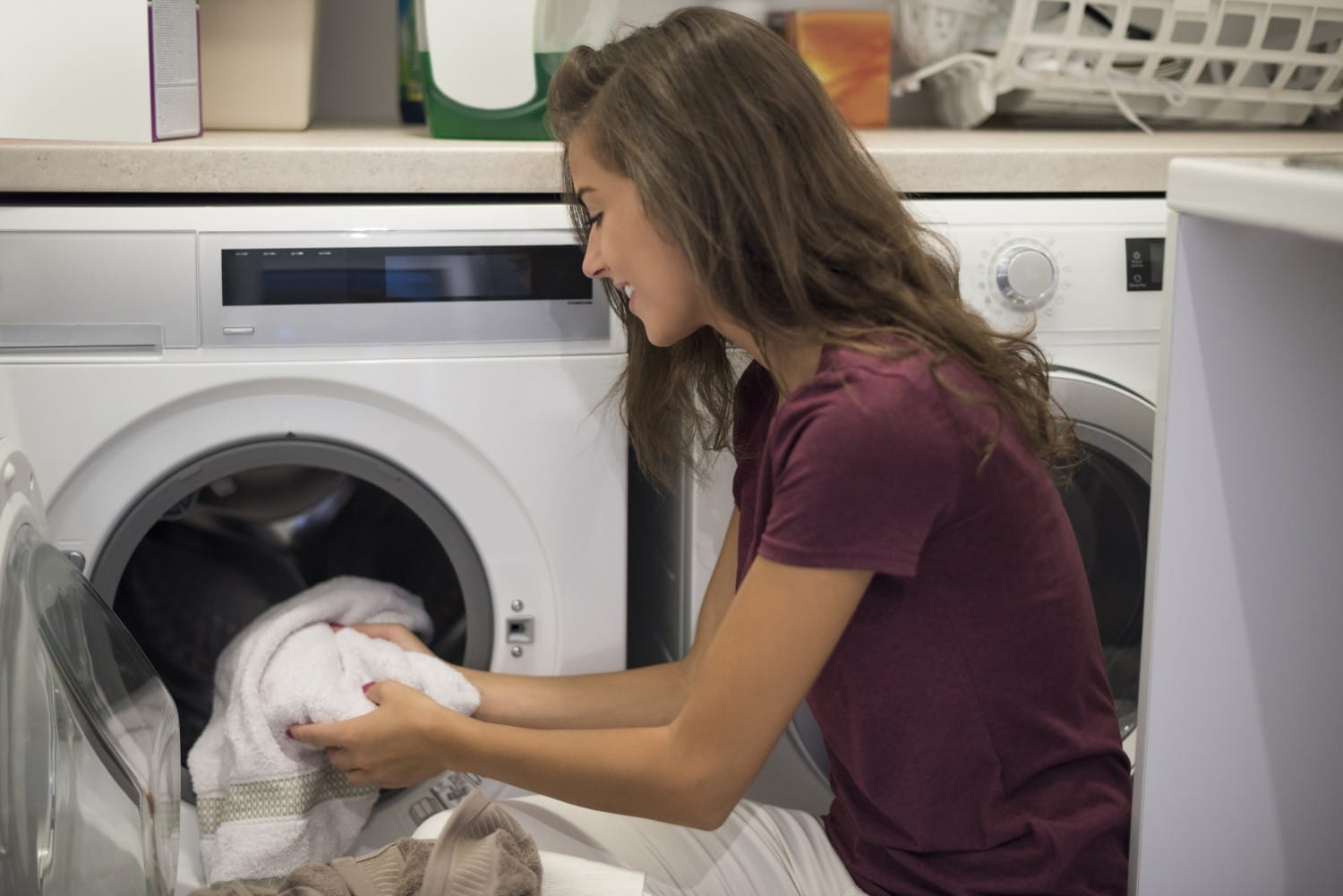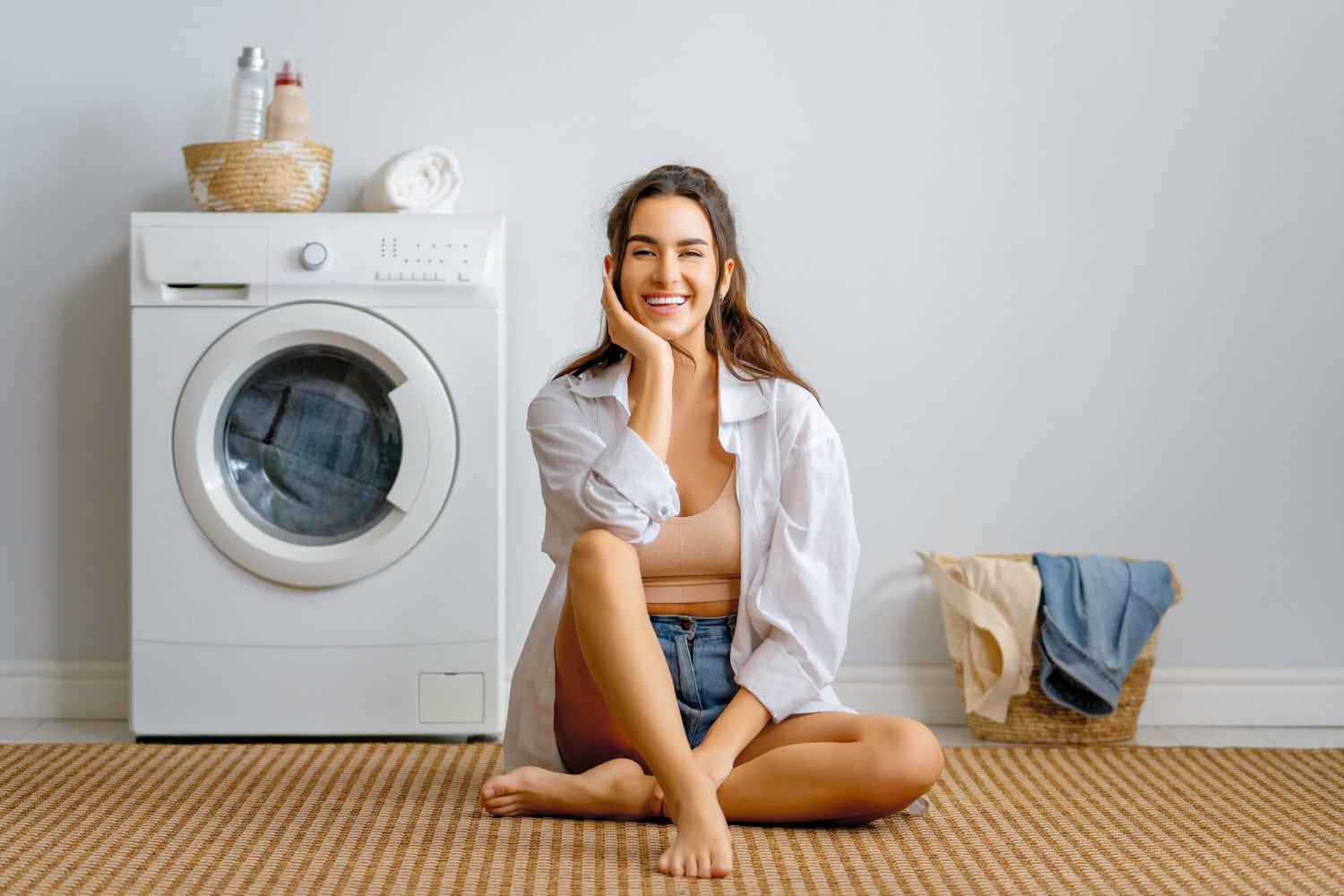Now is the best time to learn how convection bake works in your oven.
Convection baking makes certain foods more quickly and yields better results.
Let’s start with the basics. We need to understand the differences between regular and convection bake options.
What is Convection Bake?
Convection Bake circulates heat using a fan and exhaust system. A regular bake does not need a fan. The hot air from a standard oven fills the oven cavity with hot air without circulation, creating hot and cold spots.
Convection bake mode is when your oven cooks in convection mode. A fan circulates the air inside the oven, eliminating “hot spots” so that the food is cooked faster. That sounds wonderful, right? It is!
Convection bake can be used to roast meats and veggies, bake pastries, cookies, cakes and casseroles, toast, dehydrate, and other tasks.
Here’s why:
Convection for Roasting Meats and Vegetables. While a regular bake can be used, convection baking is best for roasting. The meat will cook faster and evenly. Convection ovens produce crispier skins and more succulent meats. Purcell Murray has a great recipe that uses convection to roast chicken.
Convection bake is great for baking cookies, pastries, and baked pies. Convection bake allows you to bake multiple sheets at once without worrying about uneven temperatures. Convection makes pastries puffier and is also great for pastries.
Casseroles: Convection baking is a great option to make your casseroles faster. Convection baking will cut down on the time it takes to bake. Perfect for weeknight meals.
Toasting or dehydrating: A convection oven is more effective at removing moisture than a standard baking pan. Convection mode is always recommended when drying fruit, jerky, and croutons.
But what about that cake?
Convection baking is great for quick and juicy meats. However, it is not great for delicate foods such as bread or cake. There is some draft in the oven because the fan circulates the air. The draft can cause the batter to be blown around and result in uneven cakes and splattered souffles. Avoid convection baking of custards, flans and cakes.
How to Cook with Convection
These are the basic rules for convection baking.
- Use a lower temperature. You won’t find “convection bake” instructions in most recipes. So, lower the recommended temperature by at least 3°C.
- You can reduce the cooking time. Convection ovens are more efficient at heating heat so the dish will cook quicker than the recipe says. Make sure you check the dish for doneness approximately 3/4 of the way through.
- Proper circulation is essential. Convection baking is only possible with proper air circulation. You should not pack your oven too tightly to allow air to circulate.





